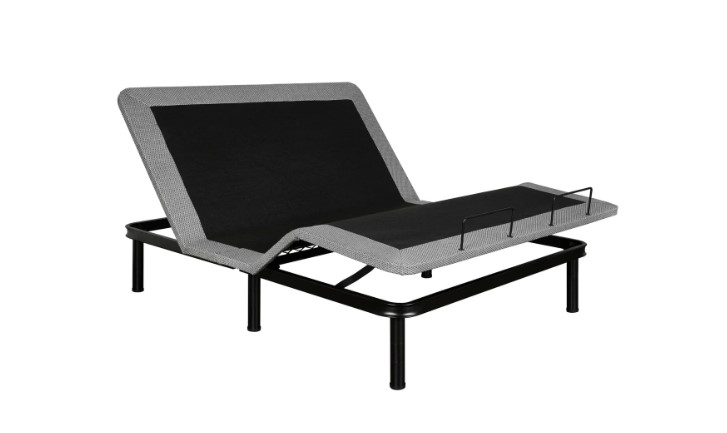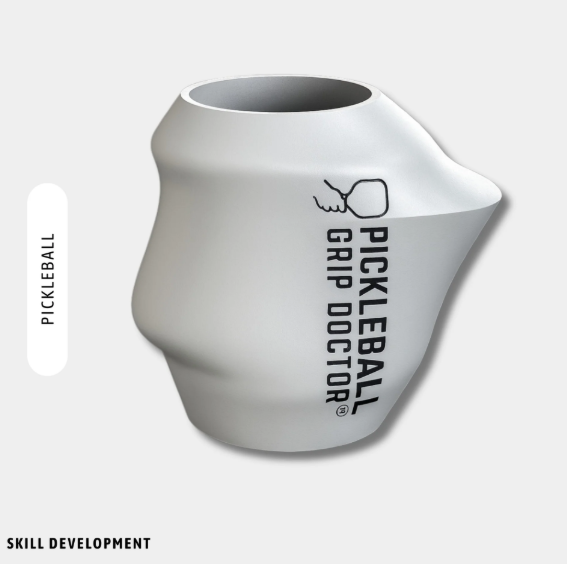Investing in an adjustable bed frame can feel like a big decision. These frames usually cost more than standard bed bases, and the added features often come with a higher price tag. But for many people, the benefits—comfort, health support, and long-term durability—make the investment worthwhile. Here’s a breakdown of what adjustable bed frames offer, when they make sense, and how to decide whether one is right for you.
What Adjustable Bed Frames Offer
Enhanced Comfort and Customized Positioning
One of the biggest advantages of an adjustable frame is the ability to change the angle of your head or feet—or both. Many models offer a “zero gravity” or similar preset position designed to reduce pressure on your spine.
This customization is especially helpful if you read, work, or watch TV in bed regularly.
Health and Wellness Benefits
Adjustable frames aren’t just about comfort—they also bring health benefits. Some of the benefits documented include:
- Improved spinal alignment and reduced pressure points, which may help back pain.
- Elevated head position may reduce snoring, ease acid reflux, and improve breathing.
- Elevating the legs can reduce swelling and improve circulation.
These features can have a meaningful impact—especially if you have health conditions or difficulty sleeping.
Durability and Compatibility
Many adjustable bed frames are built to last and support more customization than traditional beds. They’re often compatible with memory foam, latex, and hybrid mattresses.
Given the construction and technology involved, this durability can offset the upfront cost over time.
What to Consider Before Buying
Cost vs. Benefit
Adjustable frames typically cost more than standard frames. Quality models with advanced features can run significantly higher. While the benefits are real, they may only shine if you’ll use the adjustable features regularly. If you simply have a flat base and never adjust it, the extra cost might not pay off.
Mattress Compatibility and Setup
Not all mattresses work equally well on adjustable bases. Thick mattresses or certain coil designs may not flex as well.
Also consider the weight of the unit—some adjustable frames are heavier and may require more effort for setup or movement.
Lifestyle and Needs
If you sleep flat all night, rarely change your position, or don’t have health issues like reflux, back pain or circulation problems, then a standard frame may suffice. On the other hand, if you work in bed, recover from surgery, watch a lot of TV in bed, or sleep with a partner who requires different positions, an adjustable frame can bring significant advantages.
When the Investment Makes the Most Sense
Adjustable bed frames are most worth the investment in these situations:
- You have chronic back pain or joint issues and struggle to get comfortable on a traditional mattress.
- You deal with health issues like acid reflux, sleep apnea or swelling in your legs and feet.
- You and your partner have different sleep position preferences (e.g., one wants to recline, the other stays flat).
- You spend extended time in bed (working, recovering from illness, etc.) and need adjustable positioning to make it more usable.
- You’re looking for a long-term investment in sleep and health—i.e., you plan to use it many years.
Conclusion
So, are adjustable bed frames worth the investment? For many people, yes—especially if they plan to use the adjustable features regularly, have specific health or comfort needs, and want a durable, long-lasting sleep solution. The added comfort, improved circulation, and versatility often justify the upfront cost.
However, if your needs are minimal and you sleep comfortably on a flat surface, a traditional setup with box springs and a standard bed frame may be perfectly adequate. Box springs can still provide solid support, absorb shock, and enhance mattress longevity for those who prefer a simpler, more affordable option.




